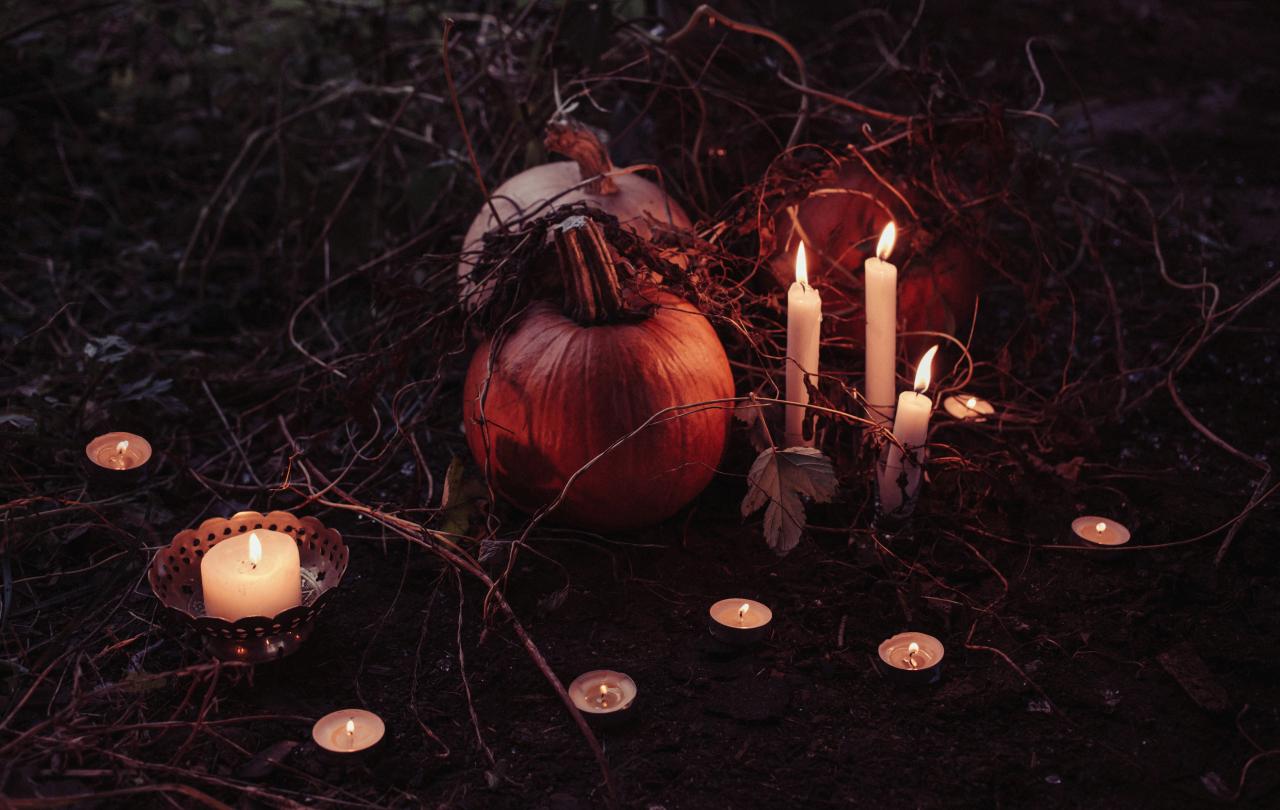Racism charges have recently divided very neatly along political lines. Tearing chunks out of each other at the Despatch Box, prime minister Rishi Sunak and Labour leader Sir Keir Starmer have both bet their houses by playing the race card on each other.
Starmer claims the Conservative Party wallows in Islamophobia, having withdrawn the whip from its former deputy chairman for stating publicly that Islamist extremists control the Mayor of London. For his part, Sunak, yah-boos back that Labour didn’t have a runner in the Rochdale by-election, after suspending its candidate for peddling an anti-Israel conspiracy theory.
Rochdale was duly won by the famously pro-Arab former Labour MP George Galloway. Sunak wants us to hold that Labour is as antisemitic as it was under Jeremy Corbyn.
So there we have it. Labour is antisemitic and the Tories are Islamophobic (not a good word, but the currency of the moment). Pick your prejudice and vote accordingly at the general election.
Whatever the validity or otherwise of these claims, it’s in the interest of both parties to accuse their opponents of being rotten to the core with these attitudes. It doesn’t really work for them to claim that Sunak personally is an Islamophobe or Starmer an antisemite.
This has to be about the whole political parties over which they preside. It’s really about institutional racism. So when a Conservative MP, Paul Scully, has to apologise for calling some parts of Birmingham and London “no-go areas” for non-Muslims, it’s taken as a reflection on Conservatives as a whole.
Similarly, it’s an insufficiency to criticise particular journalists for their reporting bias; a former BBC director-general has to call the entire corporation “institutionally antisemitic.”
The apartheid governments of South Africa were systemically racist, the Conservative and Labour parties – and the BBC which reports on them – are not.
I have a big problem with these generalisations. The political parties contain racists of both kinds, antisemitic and Islamophobic, as well as very many members of no racism at all (thankfully). And I happen to know from personal experience that the BBC operates an informal policy of equal-opportunities bigotry – there are as many Islamophobes as there are antisemites in the organisation, though together they amount to a small minority (again thankfully).
There is, consequently, no institutional racism in these places of work, though they are all rich in the employment of racist individuals because, alas, so is the world.
Institutional racism was a term coined in the Sixties, but it really only gained traction as an indictment of the Metropolitan Police in 1999’s Macpherson Report into the racist murder of teenager Stephen Lawrence.
I was uneasy with that terminology then and remain so now. Police officers are (or can be) racist; the constabularies for which they work are not. If they were so, they would train their officers to be racists – and they didn’t and do not.
Their training may have been rubbish in all sorts of ways, but there is a world of difference between omission and commission. The apartheid governments of South Africa were systemically racist, the Conservative and Labour parties – and the BBC which reports on them – are not.
Our politicians might be mindful of that, whatever their faith or none. And they might like to note some of the imperatives of its teaching
Two matters stem from this. The first is simply that individuals are responsible for racist attitudes, not the organisation for which they work, although those organisations have a duty to call out racists in their midst.
The other is to recognise what we are, institutionally and systemically. The UK’s uncodified constitution has two Churches established in law, the Church of England and the Presbyterian Church of Scotland. The monarch is the supreme governor of the former, as well as head of state.
That is simply the way it is and, this side of disestablishment of the Church, it follows that (in England and Scotland at least) we live in a Christian country, however few of its inhabitants now attend its churches. In short, Christianity is baked into our systems and institutions.
Our politicians might be mindful of that, whatever their faith or none. And they might like to note some of the imperatives of its teaching: care for the afflicted in the story of the Good Samaritan; the welcome of strangers in the report of the Syrophoenician woman who seeks crumbs from the table; the love of neighbour; Paul’s universalism.
This (and much else besides) is meant, in law, to define who we are. We might expect an elected servant of the state such as Lee Anderson, the Tory suspended from his party for claiming a Muslim power grab of London, or Azhar Ali, the Labour candidate similarly booted out for claiming that Israel conspires to murder its own citizens, to know something of the national creed that defines our parliamentary democracy.
That parliament doesn’t contain institutionally racist parties, any more than the BBC or our police forces are systemically racist. Rather, we should hold individuals to account, whoever they are. Because, ultimately, claims of institutional racism let individuals off the hook. Institutional Christianity does not.





